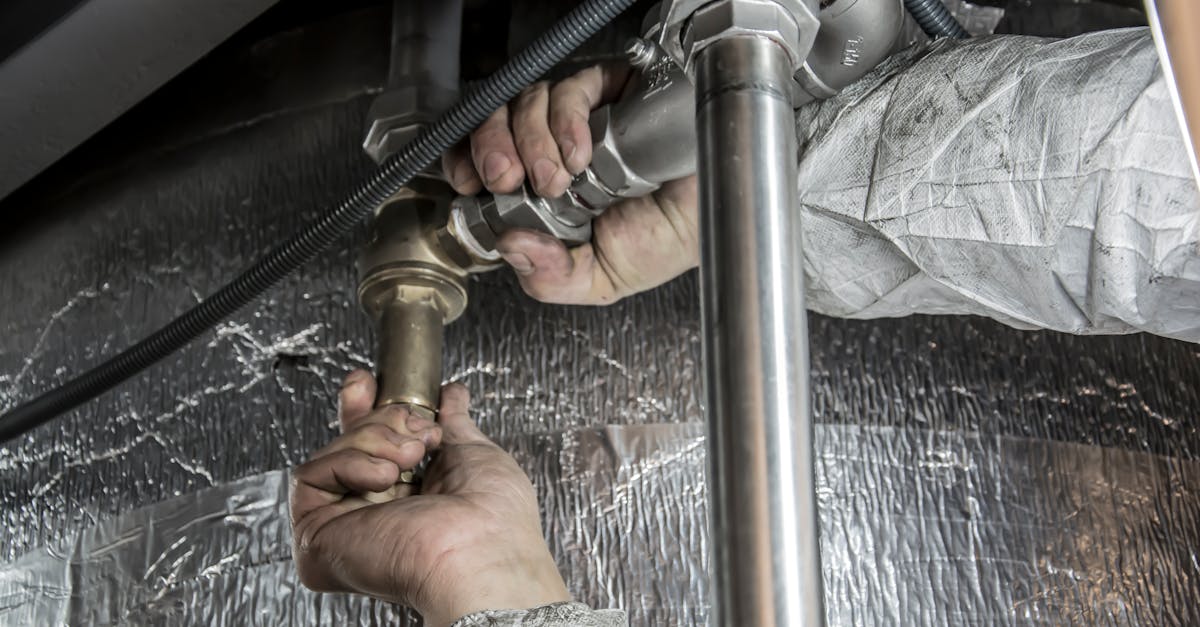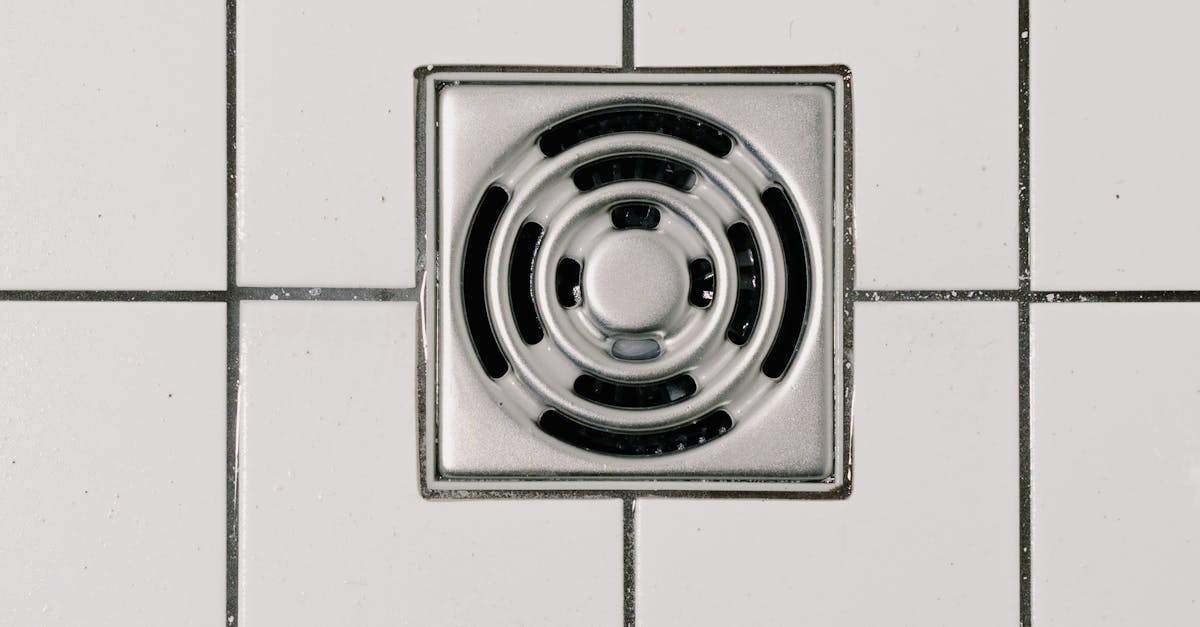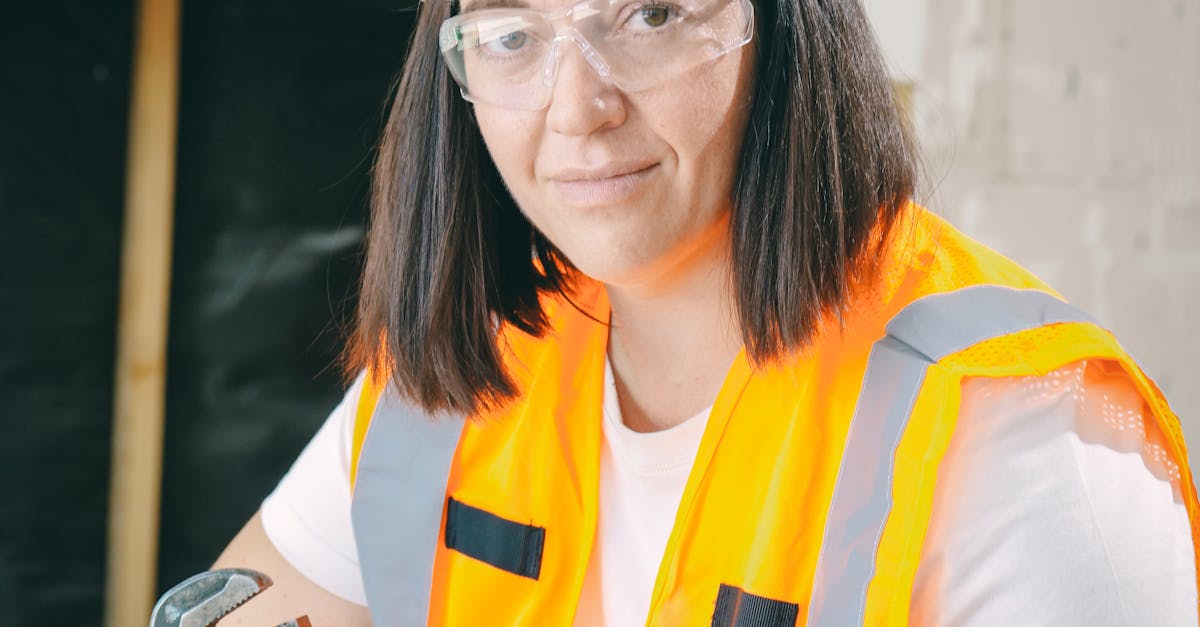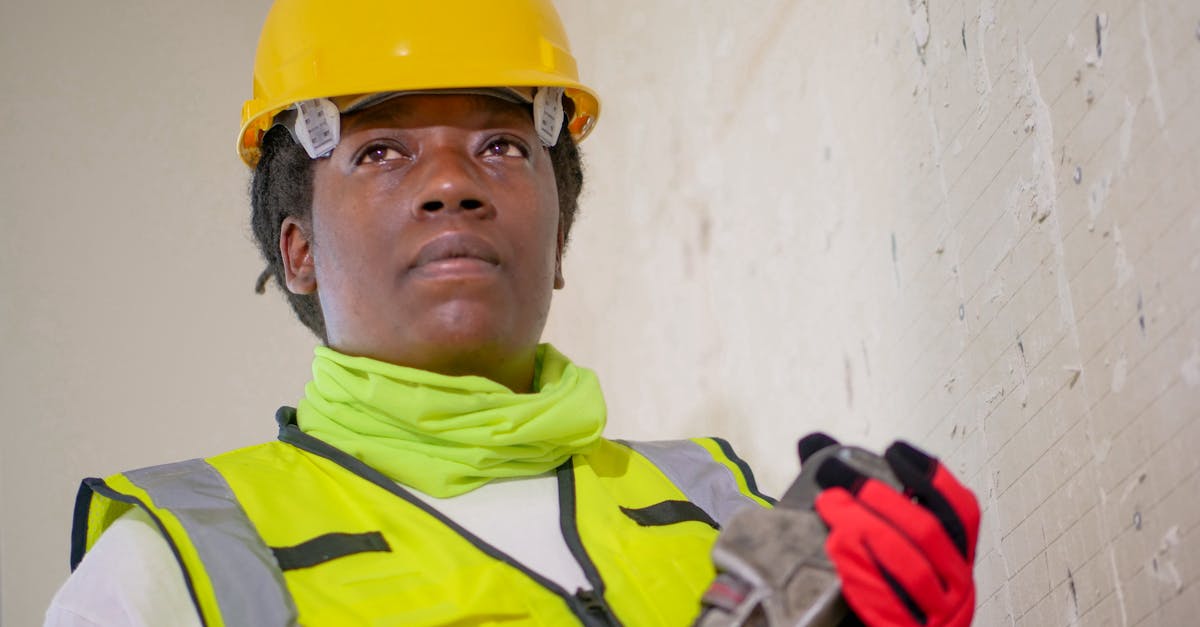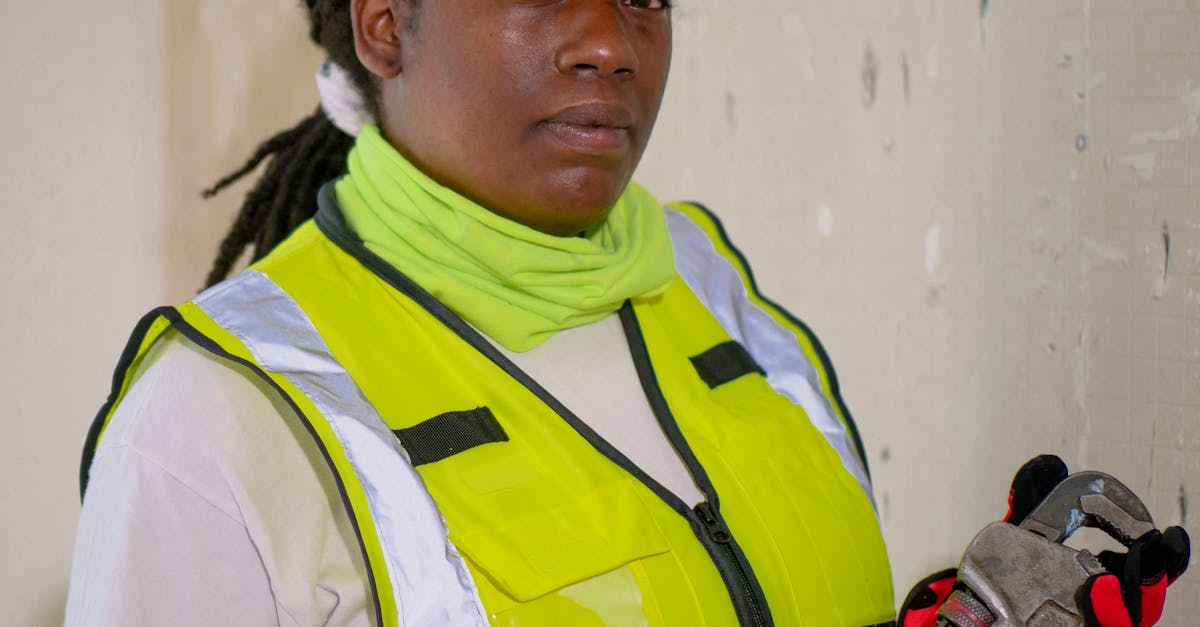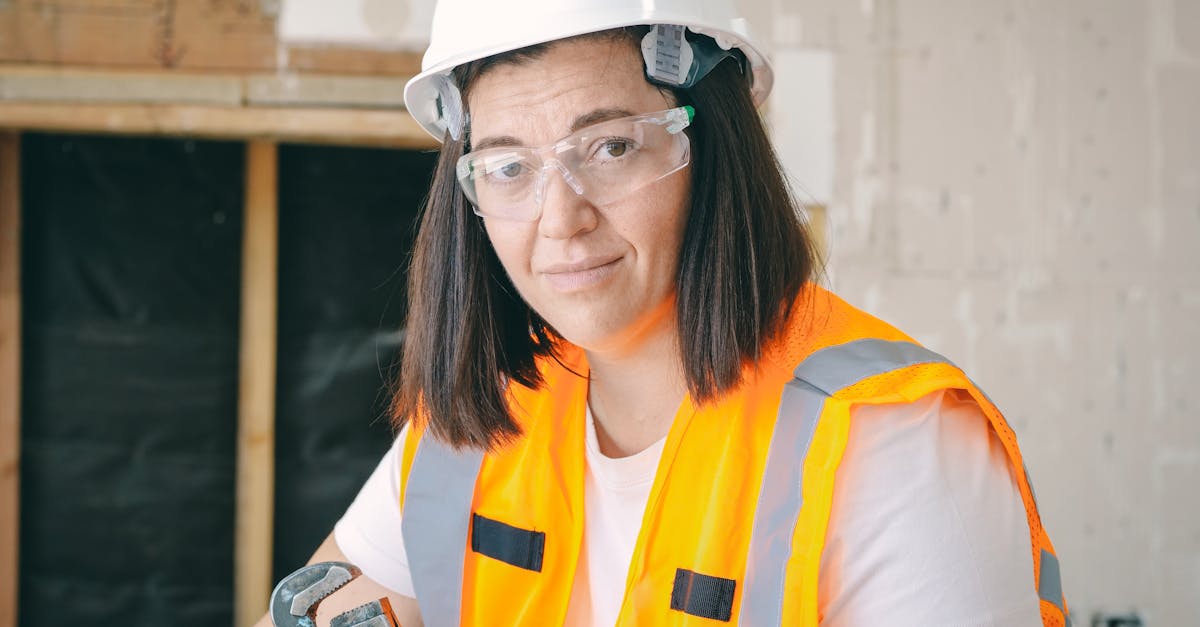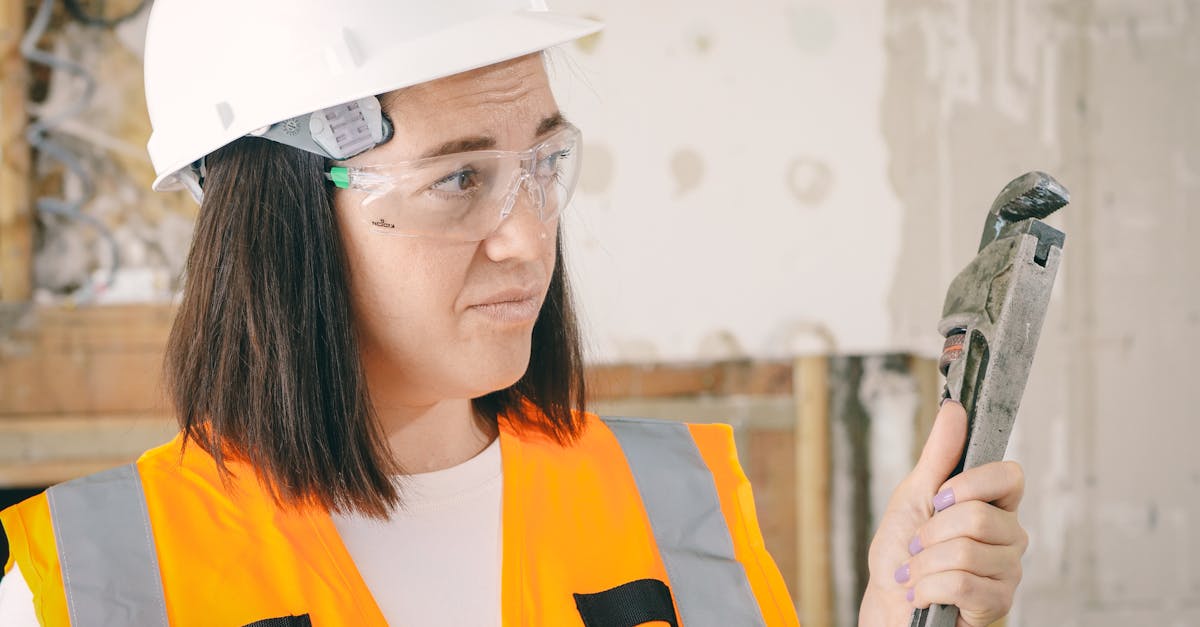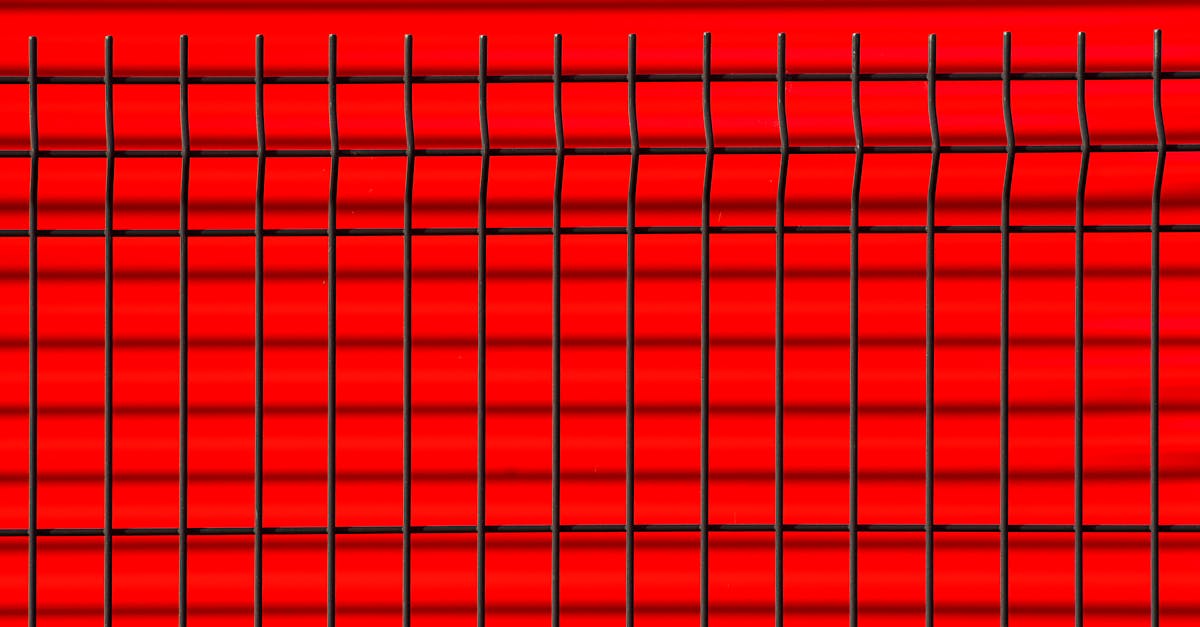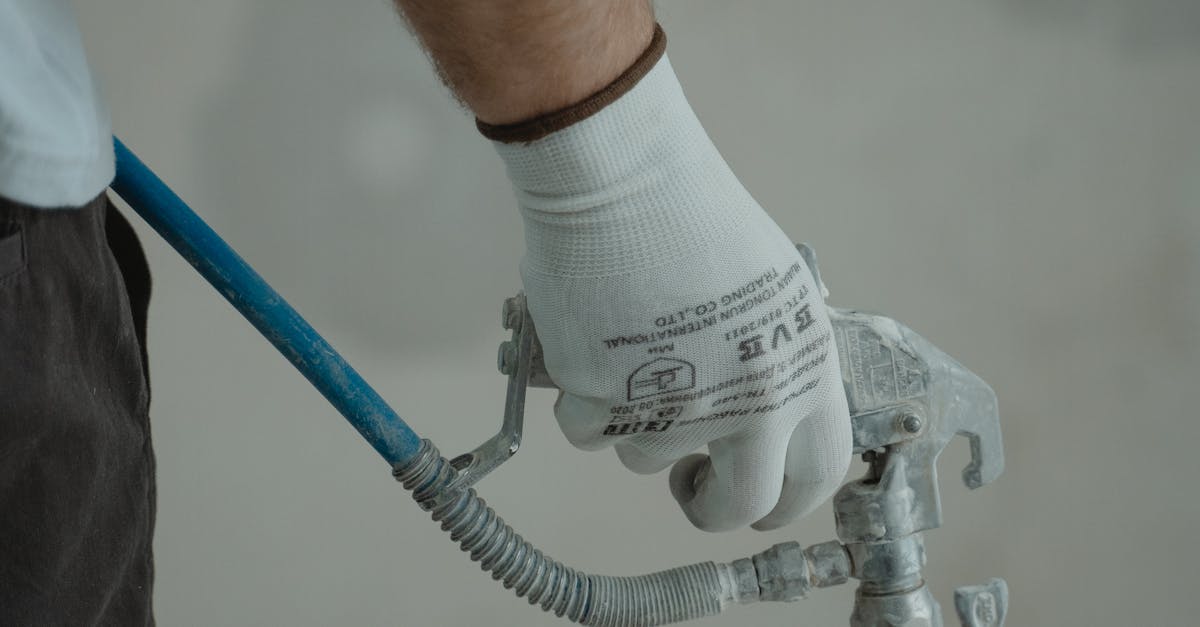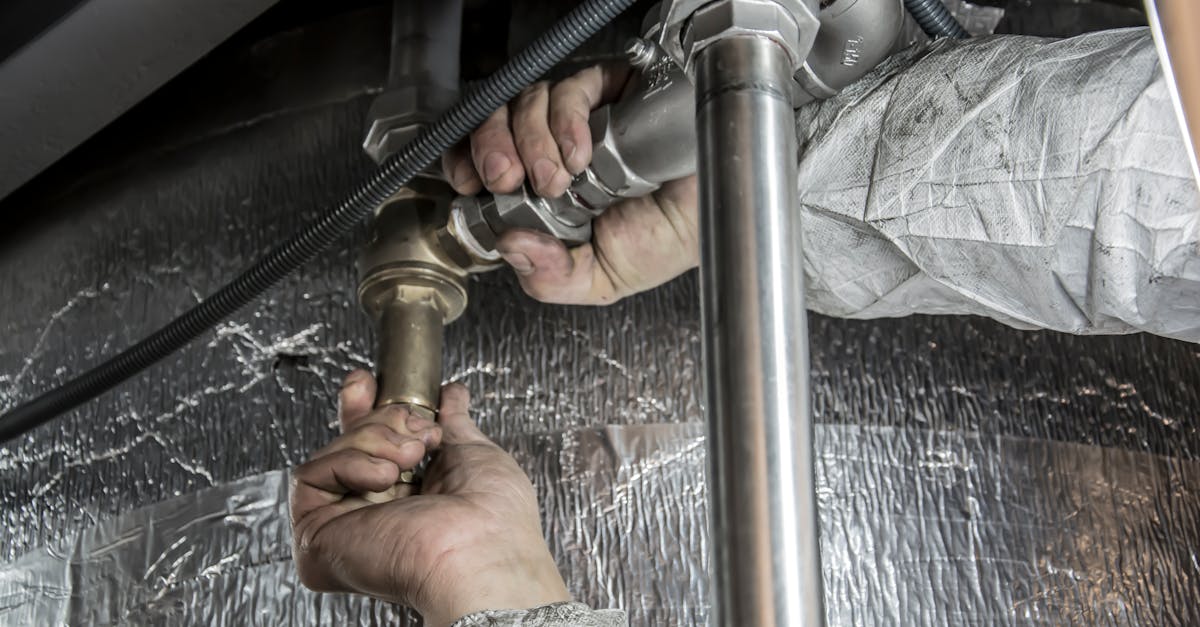
Table Of Contents
Skipping the Use of a Level
Many DIY enthusiasts underestimate the importance of using a level during toilet installation and repair. A properly levelled toilet ensures that water can flow freely through the bowl and down the drain. If the toilet sits at an angle, it can lead to a number of issues, such as leaks, clogs, and unwanted odours. This simple tool is essential for achieving the stability and function required for long-term use.
Neglecting to utilise a level can also result in uneven wear on plumbing components. Misalignment may cause additional stress on pipes, leading to potential failures down the line. Using a level when installing a toilet is an essential step that contributes to both aesthetics and functionality. A well-aligned fixture not only enhances user experience but also prolongs the life of the plumbing system.
Ensuring Even Installation for Optimal Function
Achieving an even installation is crucial for the proper functioning of a toilet. Uneven placement can lead to leaks, improper flushing, and unnecessary wear on the seals. By using a level during installation, one can ensure that the toilet sits flat against the floor. This step contributes to the longevity of the unit and enhances user comfort.
Properly aligned toilets also play a significant role in preventing water damage and maintaining hygiene. An uneven toilet may shift over time, creating gaps that can allow waste and water to escape. Addressing these issues during toilet installation and repair not only safeguards the structural integrity of the bathroom but also facilitates more efficient maintenance in the long run.
Overlooking Ventilation Needs
Proper ventilation is crucial in preventing the build-up of harmful gases within the bathroom. Vent pipes allow air to flow into the plumbing system, balancing pressure and ensuring that wastewater is efficiently removed from the toilet. Neglecting this aspect during toilet installation and repair can lead to unpleasant odours and possible health hazards. Without adequate ventilation, drains may also gurgle or become slow, indicating that the air pressure is not functioning as intended.
Understanding the role of vent pipes is essential for a successful plumbing system. These pipes not only help to eliminate foul smells but also prevent the risk of sewer gas entering living spaces. When installing a toilet, it is important to ensure that the venting system is correctly configured and free from obstructions. Otherwise, homeowners may experience recurring issues that could have been avoided with a simple inspection.
Understanding the Role of Vent Pipes
Vent pipes play a crucial role in the functionality of your plumbing system. They allow air to enter the plumbing system, which helps maintain proper pressure. This process is essential in preventing water from being siphoned out of traps, ensuring that waste travels smoothly through the pipes and that the system drains effectively. Without adequate ventilation, you may encounter slow drains, gurgling sounds, or even unpleasant sewer gas odours.
During toilet installation and repair, it’s important to ensure that vent pipes are appropriately positioned and sized. Failure to do so can lead to significant issues down the line, impacting not just the toilet but other drains and fixtures in the home. Proper venting not only enhances the efficiency of the plumbing system but also safeguards against potential blockages and backup problems.
Not Securing the Toilet Properly
One common mistake during toilet installation involves not securing the toilet properly to the floor. Failing to bolt the toilet can lead to a variety of issues, such as rocking or wobbling, which may cause damage to the wax seal or the floor beneath. When a toilet is not firmly anchored, it can create gaps that allow waste or water to leak, leading to further complications and costly repairs. Ensuring the toilet is tightly secured to the flange can prevent these potential issues.
Inadequate securing can also affect the overall performance of the toilet. A toilet that shifts during use may not flush correctly and can ultimately lead to plumbing problems. Proper bolting is an essential step in toilet installation and repair, as it ensures the toilet maintains its position during regular use. Taking the time to secure the toilet adequately will contribute to longevity and reduce the likelihood of future maintenance.
The Importance of Bolting to the Floor
Bolting a toilet securely to the floor is a critical step in ensuring its stability and function. A properly secured toilet prevents rocking or wobbling, which can lead to leaks or damage over time. It also helps maintain the integrity of the wax seal that sits between the toilet base and the floor. If this seal is compromised, it can result in unpleasant odours and water damage to surrounding areas. Therefore, taking the time to effectively bolt the toilet is a non-negotiable aspect of toilet installation and repair.
The bolting process involves aligning the toilet with flange bolts and securely fastening nuts to provide a firm hold. Neglecting this step can lead to significant problems, including cracked porcelain or dislodged plumbing connections. This oversight might also affect the performance of the toilet’s flushing mechanism. Proper installation enhances longevity and reduces the likelihood of costly repairs in the future, making it an essential focus during any toilet installation and repair project.
FAQS
What are the common mistakes made during toilet installation?
Common mistakes include skipping the use of a level, overlooking ventilation needs, and not securing the toilet properly.
Why is it important to use a level when installing a toilet?
Using a level ensures that the toilet is installed evenly, which is crucial for optimal function and preventing leaks.
What should I consider regarding ventilation when installing a toilet?
Proper ventilation is essential for the plumbing system to function efficiently, as it allows for the escape of gases and helps prevent vacuum issues that can impede drainage.
How can I ensure my toilet is securely bolted to the floor?
Make sure to use the appropriate bolts and washers, tighten them evenly, and check that the toilet doesn’t rock or move once installed.
What are the consequences of not installing a toilet properly?
Improper installation can lead to leaks, water damage, unpleasant odours, and potential plumbing problems, which can be costly to fix.
